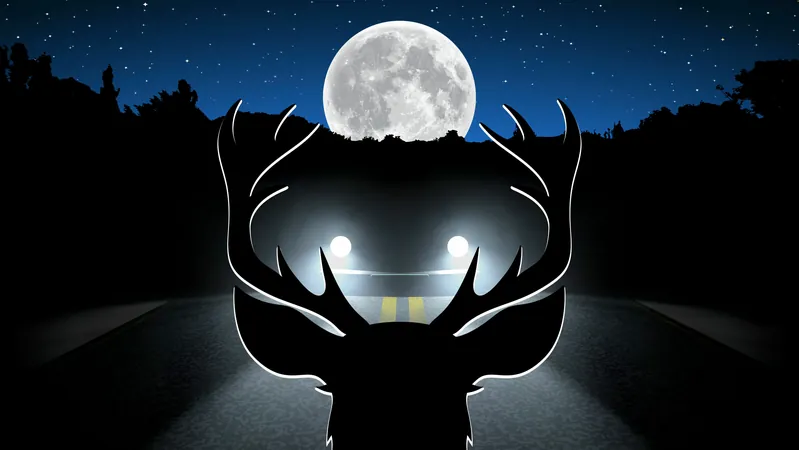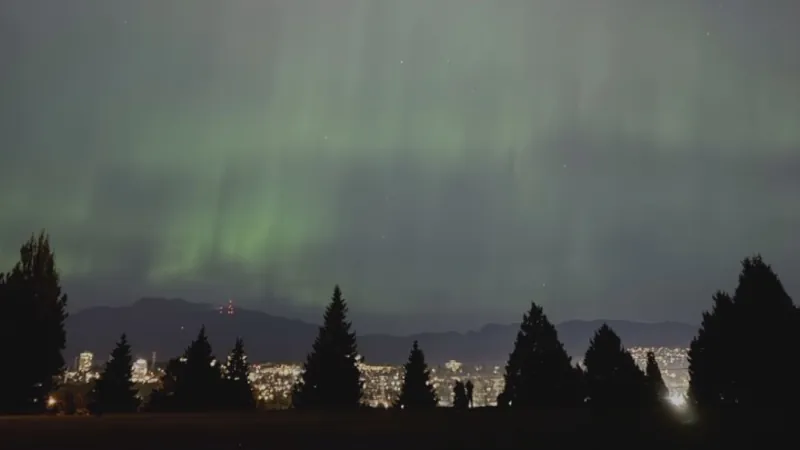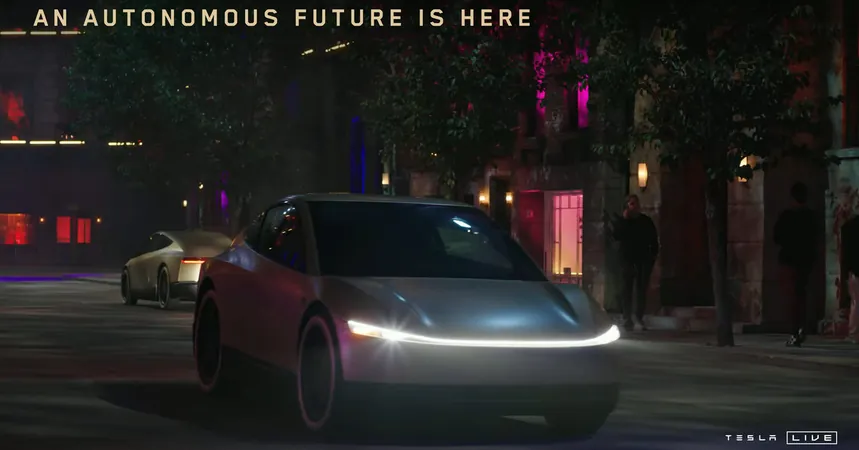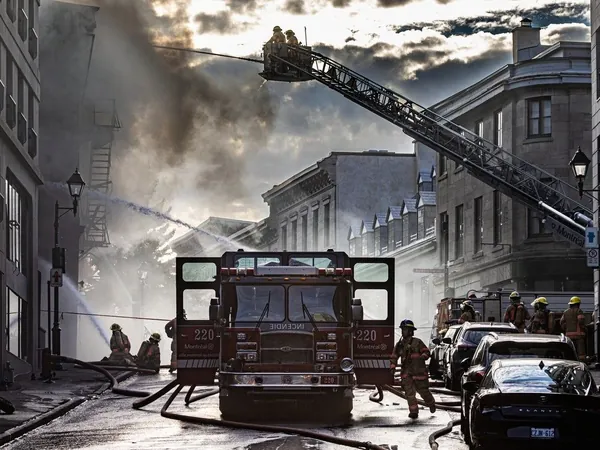
Shocking Findings: 50% Increase in Wildlife Collisions During Full Moon Nights!
2024-10-12
Author: Jacob
The Dangerous Role of the Full Moon
The full moon plays a more dangerous role than you might realize. Recent research from Texas A&M University has unveiled startling statistics: wildlife vehicle collisions spike by nearly 50% on moonlit nights, highlighting a serious concern for drivers and wildlife alike.
Research Analysis
Kentaro Iio, a former student, and Dr. Dominique Lord, an esteemed professor in the Zachry Department of Civil and Environmental Engineering, meticulously analyzed a decade's worth of collision data across Texas. Their study, published in the journal *Transportation Research Part D*, revealed a 45.8% surge in collisions involving wildlife during full moons compared to new moons. Intriguingly, non-wildlife-related collisions remained unchanged, underscoring the unique impact of moon phases on animal behavior and driver interactions.
Heightened Driver Awareness
The researchers emphasize the critical need for heightened driver awareness on these brilliantly illuminated nights. "Our findings underscore the potential risks associated with full-moon nights," Dr. Lord stated, suggesting these insights could shape transportation policies and infrastructure improvements aimed at bolstering safety for both motorists and wildlife.
Comparative Analysis of Night Conditions
Iio further explained, "Comparing dark nights without moonlight to fully illuminated full moons provides a clearer picture of collision risks." This underscores the substantial differences that moon phases can create, complicating effective transportation safety measures.
Global Perspectives
Global studies, from regions in Spain to Canada and Lithuania, echo these Texas findings, consistently demonstrating rising wildlife collision rates during full moons. Experts hypothesize that various factors contribute—ranging from increased nighttime driver fatigue to heightened wildlife activity under the moon's glow.
Rural vs Urban Analysis
Interestingly, the research also differentiated results between rural and urban areas. While the capital area of Texas (spanning counties from Llano to San Marcos) showed lower collision rates, it was not statistically significant. In contrast, rural regions—including the High Plains, South Texas, Central Texas, and Upper East—experienced dramatic increases, with collisions spiking as much as 125%.
Conclusion and Recommendations
Iio pointed out, "Rural areas appear to have a higher collision ratio during full moons compared to urban settings." This is likely due to the lower density of wildlife in urban regions, where urban light pollution may also dilute the effects of lunar illumination.
While the study focused on collision rates, it did not delve into the specific wildlife species involved or detail variations in moonlight intensity across different geographic areas. Future research that addresses these gaps could provide invaluable insights into traffic patterns, wildlife behaviors, and the intricate dance between nature and human transportation.
As the next full moon approaches, drivers are advised to exercise increased caution on the roads—keeping both their safety and that of wildlife in mind! The implications from these findings could pave the way for vital enhancements in wildlife protection measures and driver awareness on the roads. Prepare yourself; a full moon could mean danger is just around the corner!









 Brasil (PT)
Brasil (PT)
 Canada (EN)
Canada (EN)
 Chile (ES)
Chile (ES)
 España (ES)
España (ES)
 France (FR)
France (FR)
 Hong Kong (EN)
Hong Kong (EN)
 Italia (IT)
Italia (IT)
 日本 (JA)
日本 (JA)
 Magyarország (HU)
Magyarország (HU)
 Norge (NO)
Norge (NO)
 Polska (PL)
Polska (PL)
 Schweiz (DE)
Schweiz (DE)
 Singapore (EN)
Singapore (EN)
 Sverige (SV)
Sverige (SV)
 Suomi (FI)
Suomi (FI)
 Türkiye (TR)
Türkiye (TR)